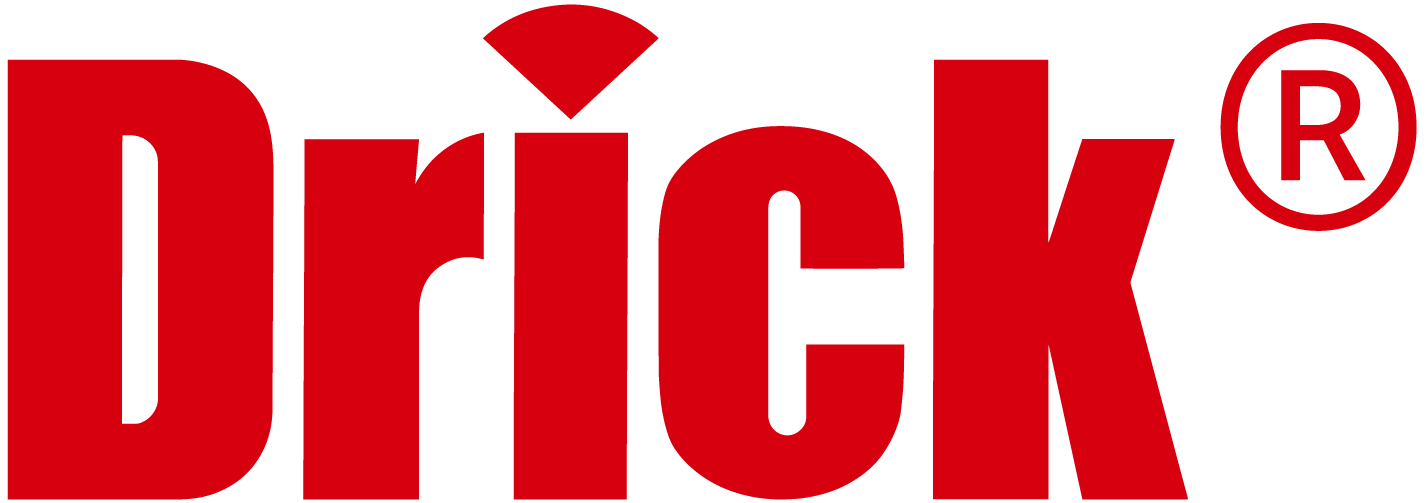DRK103 Whiteness Meter
DRK103 whiteness meter is also called whiteness meter, whiteness tester and so on. This instrument is used to determine the whiteness of objects. It is widely used in papermaking, textiles, printing and dyeing, plastics, ceramics, ceramics, fish balls, food, building materials, paint, chemicals, cotton, calcium carbonate, bicarbonate, salt and Other production and commodity inspection departments that need to determine the specific whiteness. DRK103 whiteness meter can also measure the transparency, opacity, light scattering coefficient and absorption coefficient of paper.
Features
1. Determine ISO Brightness (ISO Brightness, that is, R457 whiteness). For fluorescent whitened samples, it can also measure the fluorescent whitening produced by the emission of fluorescent substances.
2. Determine the lightness stimulus value Y10. Determine opacity (Opacity). Determine transparency. Determine the light scattering coefficient and absorption coefficient. 3. Simulate D65 illuminator lighting. Adopt CIE 1964 complementary chromaticity system and CIE 1976 (L*a*b*) color space color difference formula. Use d/o illumination to observe geometric conditions. The diameter of the diffusion ball is φ150mm, and the test hole diameter is φ30mm and φ19mm. It is equipped with a light absorber to eliminate the influence of the specular reflection light of the sample.
4. The appearance of the instrument is novel and compact, and the advanced circuit design effectively guarantees the accuracy and stability of the measurement data.
5. Using high-pixel LCD module, Chinese display and prompt operation steps, display measurement and statistical results, friendly man-machine interface makes the operation of the instrument simple and convenient.
6. This instrument is equipped with a standard RS232 interface, which can communicate with the computer software.
7. The instrument has power-off protection, and the calibration data will not be lost after power-off.
Applications
This instrument is used to determine the whiteness of objects. It is widely used in papermaking, textiles, printing and dyeing, plastics, ceramics, ceramics, fish balls, food, building materials, paint, chemicals, cotton, calcium carbonate, bicarbonate, salt and Other production and commodity inspection departments that need to determine the specific whiteness. DRK103 whiteness meter can also measure the transparency, opacity, light scattering coefficient and absorption coefficient of paper.
Technical Standard
1. Comply with GB3978-83: Standard Illumination Body and Illumination Observation Conditions.
2. Simulate D65 illuminator lighting. Adopting d/o illumination to observe the geometric conditions (ISO2469), the diameter of the diffuser ball is φ150mm, and the test hole diameter is φ30mm and φ19mm. It is equipped with a light absorber to eliminate the influence of the specular reflection light of the sample.
3. The peak wavelength of the spectral power distribution of the R457 whiteness optical system is 457nm and the FWHM is 44nm; the RY optical system complies with GB3979-83: Object color measurement method.
4. GB7973-87: Determination of diffuse reflection factor of pulp, paper and cardboard (d/o method).
5. GB7974-87: Paper and cardboard whiteness determination method (d/o method).
6. ISO2470: Measurement method of blue light diffuse reflectance factor of paper and paperboard (ISO whiteness
7. GB8904.2: Determination of whiteness of pulp.
8. GB1840: Method for determination of industrial potato starch.
9. GB2913: Test method for whiteness of plastics.
10. GB13025.2: General test method for salt industry, determination of whiteness
11. GB1543-88: Determination of the opacity of paper.
12. ISO2471: Determination of the opacity of paper and cardboard.
13. GB10336-89: Determination of light scattering coefficient and light absorption coefficient of paper and pulp
14. GBT/5950 Method for measuring whiteness of building materials and non-metallic mineral products.
15. The whiteness of citric acid and its detection method GB10339: Determination of light scattering coefficient and light absorption coefficient of paper and pulp.
16. GB12911: Test method for ink absorbency of paper and paperboard.
17. GB2409: Test method for plastic yellow index.
Product Parameter
| Project | Parameter |
| Zero drift | ≤0.1%; |
| Indication drift | ≤0.1%; |
| Indication error | ≤0.5%; |
| Repeatability error | ≤0.1%; |
| Specular reflection error | ≤0.1%; |
| Specimen size | The test plane is not less than Φ30mm (or Φ19mm), and the thickness of the sample is not more than 40mm |
| power supply | AC220V ± 5%, 50Hz, 0.4A. |
| Working Environment | Temperature 0~40℃, relative humidity <85%; |
| Dimensions and weight | 310×380×400 (mm), |
| Weight | 16kg. |
Product Configuration
1 whiteness meter, 1 power cord, 1 black trap, 2 non-fluorescent white standard plates, 1 fluorescent whitening standard plate, 4 light source bulbs, 4 rolls of printing paper, 1 instruction manual, 1 certificate One copy, one copy of the warranty card.
Optional: Constant pressure powder compactor.


